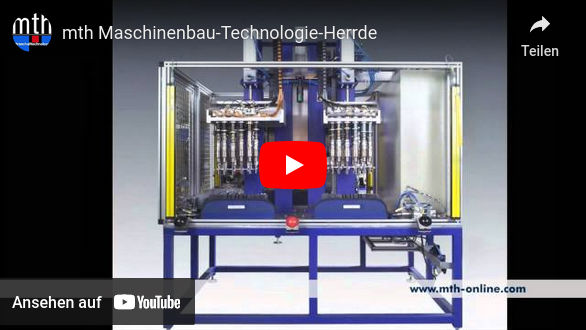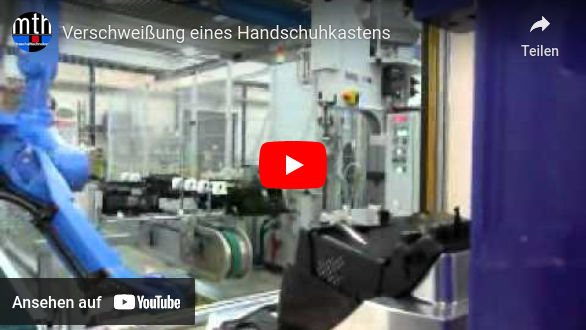Our service
Competence creates trust
Since its foundation in 1991, mth has stood for quality and unique service. Over the years, new technologies have been developed and the latest standards applied. The service is also adapted and implemented according to customer requirements. With our experienced service team, you always have the right contact person at your side.
CAD design
On-site service
Training courses
As a modern supplier, we maintain direct contact with our customers via CAD systems. We develop individual adaptations to your requirements efficiently using 3D models on a high-end PC.
Thanks to the PC interface of our current designs, errors can be analyzed directly and transferred to us via the Internet. We will contact you immediately to rectify the problem as quickly as possible and ensure a smooth production process.
We are happy to pass on our knowledge. Training courses on specialist knowledge of ultrasonic technology or operator training for your specialist personnel are offered on a customer-specific basis.
Downloads
Here you will find all product sheets and operating instructions for our products and press releases for download.
Do you have questions?
We are happy to help you personally:
Expertise
High-frequency alternating current is generated by a generator and transmitted via a coaxial cable to an ultrasonic transducer, the so-called converter, which uses the piezoelectric or magnetostrictive effect to generate a mechanical ultrasonic oscillation. These vibrations are transmitted to the sonotrode via an amplitude transformer. Different applications require different designs of sonotrodes, which are usually made of steel, aluminum or titanium. The amplitude of the vibration and the impedance matching are influenced by the shape and mass of the amplitude transformation piece. The vibrations are transmitted under pressure via the structured, often ribbed working surface of the sonotrode to the workpieces to be joined.
When welding plastic, the vibration is usually transmitted vertically to the joining partners. These heat up and begin to soften, causing the damping coefficient to increase. The increase in the damping coefficient leads to higher internal friction, which further accelerates the temperature increase. The melted materials join and are welded together after cooling and solidification.
In ultrasonic welding of metals, the vibration is applied horizontally to the joining partners so that they rub against each other. After shearing off roughness peaks and breaking up the oxide layer, the joint is essentially created by interlocking and interlocking the joining partners. This is achieved by plastic flow without the materials melting, which is particularly advantageous for foils, thin sheets or wires, such as in wire bonding.
In addition to spot welds, seam welds are also possible with rolling sonotrodes, for example in the production of solar collectors.
The process is also characterized by very short welding times and high efficiency. Different materials can be joined together, the workpieces are only slightly heated in the welding area and the surrounding material is therefore not damaged.
Source: Wikipedia
A sonotrode is usually designed so that its resonant frequency matches the frequency provided by the generator used. Depending on the application, sonotrodes operate in a certain frequency range, usually between 20 and 90 kHz.
The ultrasonic oscillation must have a specific direction. A body can have many resonance frequencies with a wide variety of oscillation shapes.
When ultrasonically welding thermoplastics, the direction of vibration must usually be longitudinal, i.e. perpendicular to the workpiece. This is the only way to ensure that the mechanical energy actually reaches the effective zone. When welding metals, the direction of vibration is transverse to the joining surface so that the joining partners rub against each other.
Due to the propagation behavior of sound waves in bodies, sonotrodes must have a zone of minimum expansion. This zone is the so-called zero line. Hardly any vibrations may be detectable in this zone.
The amplitude is the amplitude of a sonotrode at its working surface and is specified in μm (micrometers). The size of the amplitude is influenced by the output amplitude provided by the converter and the respective amplification by the booster (transformer) and the sonotrode itself.
The required amplitude is determined, among other things, by the melting behavior of the plastics used and can vary considerably. When designing the sonotrode, the required amplitude must be taken into account, taking into account the available boosters.
The most important parameters that can usually be set for ultrasonic welding are the welding time, the energy to be applied and the contact pressure of the sonotrode on the welded part. However, if the sonotrode provides too little amplitude, for example, the welding process will not be successful or only insufficiently successful.
Source: Wikipedia

